Airport security is the method that is used to protect air passengers, airport staff, and property, as well as aircraft from accidents, crime and terrorism.
Airports are the perfect targets for terrorism and crime, as a large number of people use them every day.
The 9/11 terrorist attacks in America where airplanes were used as flying bombs, woke people up to the reality that airport security will have to be tightened even further, and airport security solutions became more important than ever.
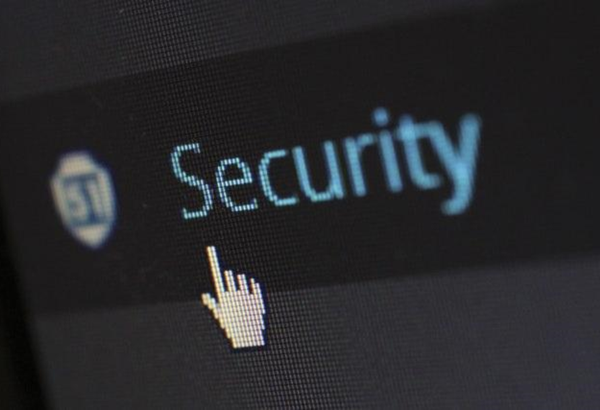
Most Common Security Precautions
Barriers, walls and fences are the first line of defense in airport security. There is always the chance that criminals will try to bypass security by climbing over a fence. Tall fences that are difficult to climb now enclose most airport properties, and security patrols scan the area surrounding the fence, in case someone tries to cut through it.
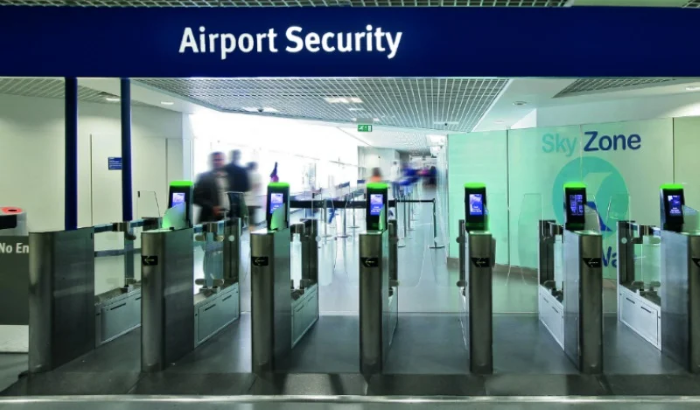
Another serious threat is that someone could drive a car with a bomb in it to the entrance and try to blow up the airport. Airports have had to take precautions like building concrete barriers, and loading zones are now kept clear of traffic and no one can park close to the terminal.
Another common security precaution is confirming the identity of travelers, by checking photo IDs. You need a passport if you’re going to board an international flight. However, it’s not enough to only look at a photo on a passport. Biometrics is used to check fingerprints and facial patterns and do retinal scans, all to confirm if people really are who they say they are, or if they match suspects on a list of terrorists.
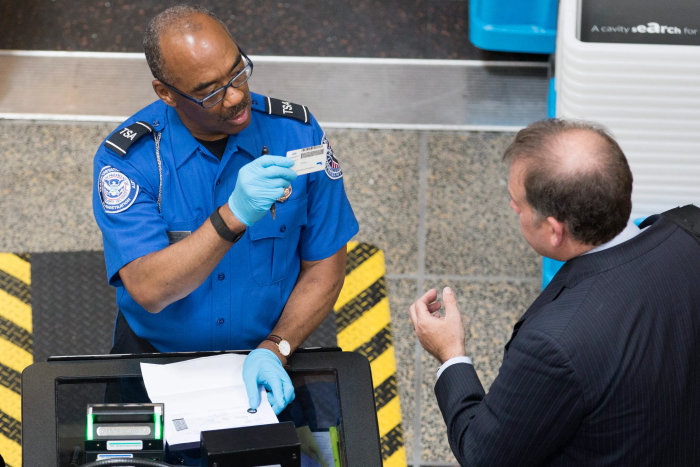
Airplane passengers are placed on high alert to keep their luggage with them at all times. The public address system usually plays messages instructing passengers never to leave luggage unattended. At check-in, passengers could also be asked if they had their luggage with them at all times, and whether anyone has asked them to carry something for them. Terrorists may hide a bomb inside an unsuspecting person’s luggage. Another way to get a bomb onto a plane is to ask a passenger to take a toy containing it with them when they board the plane. The passenger only realizes too late that they’re carrying a harmful device.
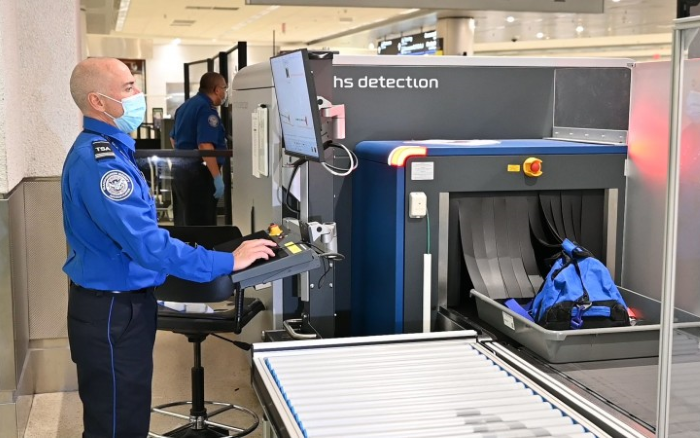
CT (computer tomography) scanners are used to create a detailed tomogram of your bag, and can even calculate the weight and density of the objects in the bag. If the mass/density indicates that the material in the bag might be dangerous, the scanner warns the operator of this potential hazard.
If armed terrorists still manage to get on a flight, air marshals are the last line of defense. The armed air marshal can take control by restraining the terrorists. The marshal is disguised to look like one of the passengers. They’re usually not on every flight, as there aren’t enough of them.
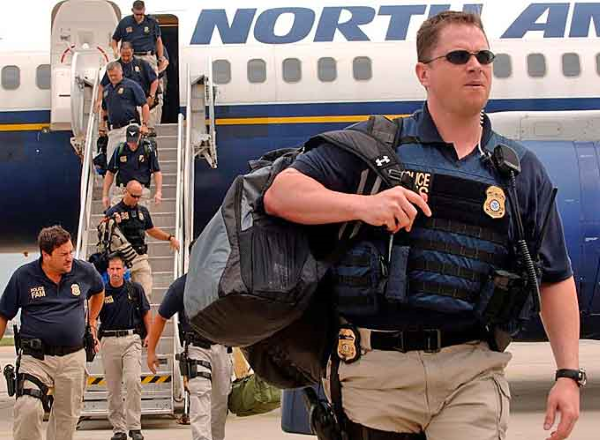
In another move to prevent hijackings, locks are now installed on cockpit doors. This is to keep terrorists, who have been trained to fly passenger planes, away from the controls of the plane.
Trained dogs are also still used to sniff out potential bombs. These dogs are trained to identify the odors of the chemicals that are used to make the bombs. They can also be used to sniff out drugs. The dog will bark at the suspicious bag, indicating to its human partner that it needs to be investigated.
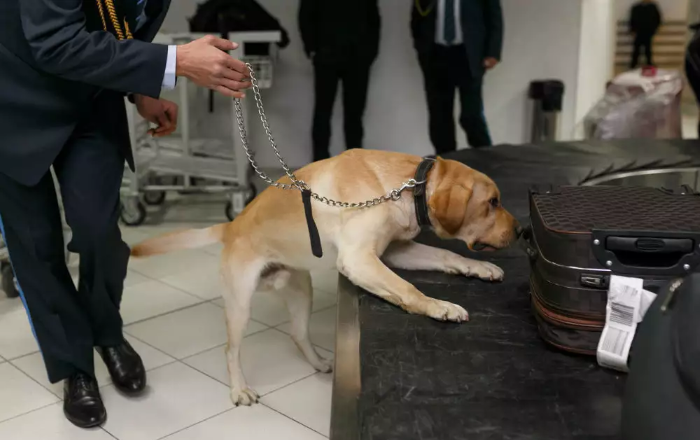
FINAL THOUGHTS
Although there will always be some security risks associated with traveling, airports and airplanes are better protected than ever before. As security becomes stricter, the threat of terrorist attacks is becoming less likely.





